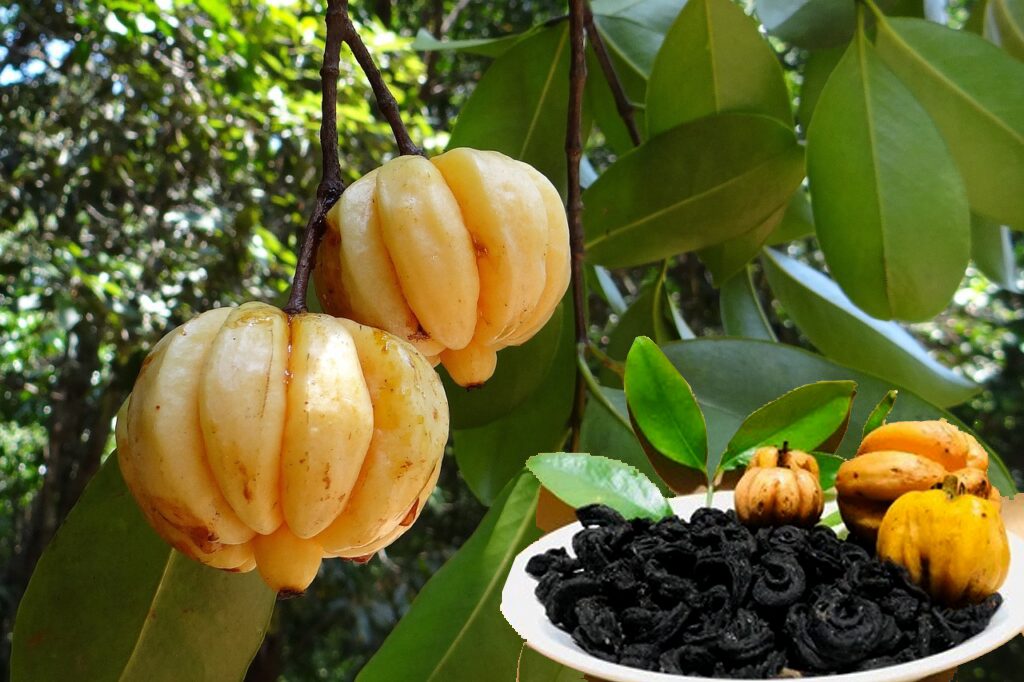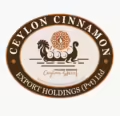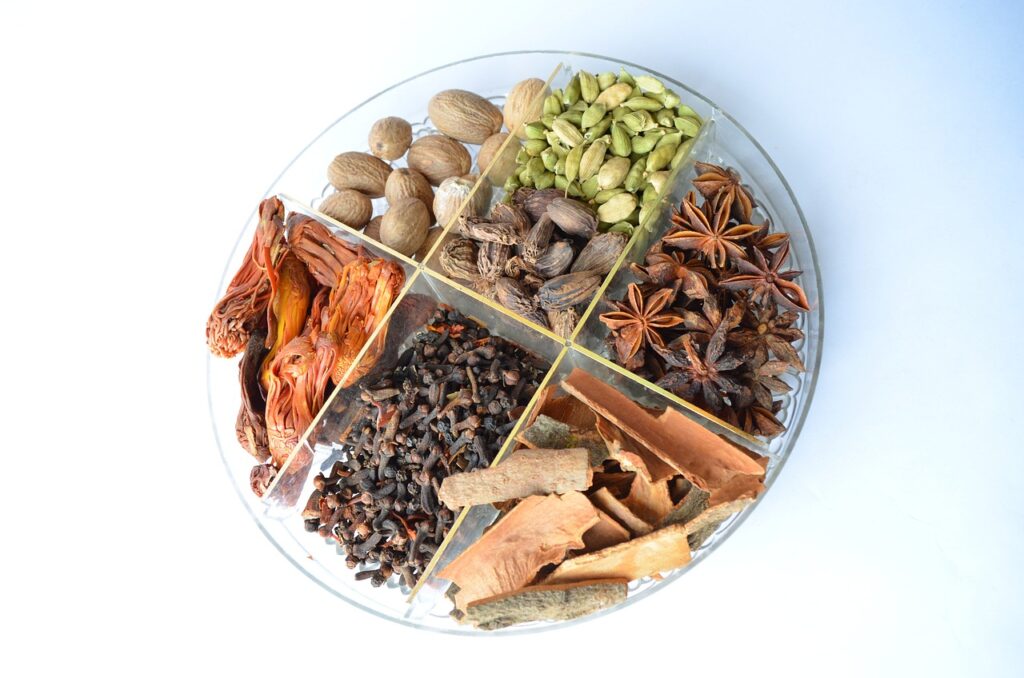
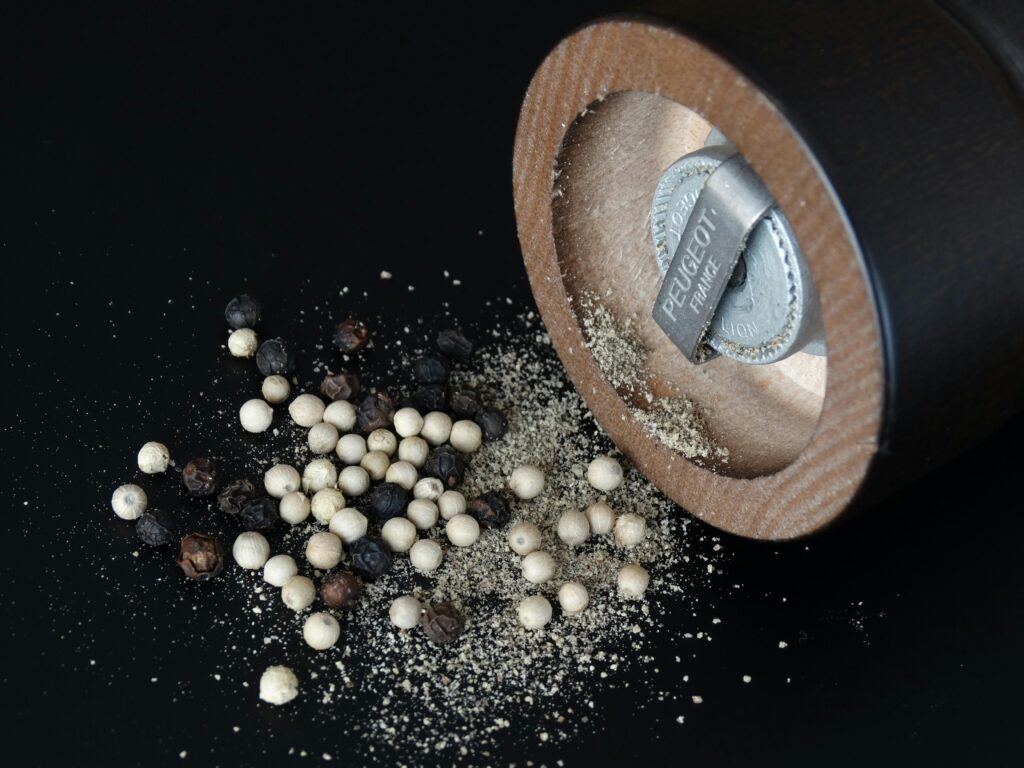
Sri lankan spices
What are the main spices in Sri Lanka?
We are working for Ceylon Spice and our entrepreneur with a deep-rooted passion for preserving Sri Lanka’s spice.
Driven by a vision to showcase the unique flavors of our island, we established Ceylon Cinnamon Export Holdings to share the essence of our tropical paradise with the world.
The spices from Sri Lanka mainly include
Major Sri Lankan spices and allied products include a variety of aromatic and flavorful items that are essential in both local cuisine and international markets.
Sri Lanka has been famous for an exquisite range of spices for centuries. It’s these spices that are largely behind the mouth-watering flavours of Sri Lankan cuisine, be it curry of vegetable, red or white meat, fish or seafood or even some sweetmeat.
The spices from Sri Lanka mainly include Ceylon Cinnamon, Ceylon Pepper, Ceylon Cloves, Ceylon Cardamom, Ceylon Nutmeg, as well as mace and vanilla. Sri Lanka is also home to various additives and herbs including chilies, coriander seeds and leaves, curry leaves, cumin, fennel, fenugreek, ginger, mustard, tamarind, and turmeric among others.
In addition, spices and herbs from Sri Lanka when combined and ground into powder or paste make a range of seasonings and condiments that add flavour to all Sri Lankan dishes from rice to curries, pickles, salads, sambols, and desserts.
The weather and soil have a greater effect on the taste of spices and the level of alkaloids and flavonoids responsible for the flavour, pungency and aroma of each spice. Sri Lankan Spices are identified with the unique geographical indication of Ceylon Spices, due to their distinct flavour and aroma, which has placed Sri Lanka in the world map since the 14th Century

Pure Ceylon Cinnamon
Cinnamomum Zeylanicum is a tree indigenous to Sri Lanka that produces the highest-grade pure cinnamon. Cinnamon grown and produced in Sri Lanka has acquired a long-standing reputation in the international market due to its unique quality, color, flavour, and aroma.
With growing concerns about health hazards associated with synthetic flavoring agents in the food industry, there is an increasing preference for natural flavors worldwide. Cinnamon is used as a food ingredient in bakery products, Asian foods, and tea for its distinctive flavor and aroma. Cinnamon is mostly used in cooking and baking. Cinnamon is a versatile spice that can be added to any food item such as salads, confectionaries, beverages, soups, stews, and sauces. A cinnamon drink made by immersing pieces of bark in hot water is popular among Latin American countries. Cinnamon-flavored tea is becoming popular. It is also used as a common ingredient in Chinese and Ayurvedic medicine. Cinnamon leaf and bark oils are used to flavor food products, in the perfumery industry and in the pharmaceutical industry.In Sri Lanka, Cinnamon seems to have originated in the central hills where seven wild species of cinnamon occur in Kandy, Matale, Belihull oya, Haputale, Horton planes, and the Sinharaja forest range. Presently cultivation is concentrated along the coastal belt from Negombo to Matara, it has also made inroads to Kalutara and Ratnapura.
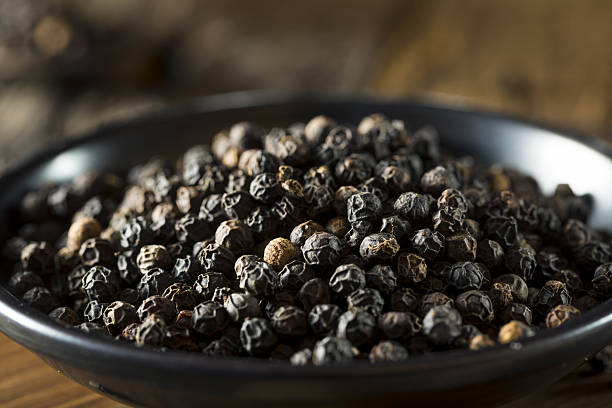
Black Pepper
Pepper is the most widely used spice in the world and is known as the “King of the Spices”. Pepper crop is native to South Asia and historical records reveal that pepper originated in South India. Peppercorns were a much-prized trade good often referred to also as “black gold” and used as a form of commodity money. Until well after the Middle Ages, virtually all of the black pepper found in Europe, the Middle East, and North Africa traveled there from India’s Malabar region. It was some part of the preciousness of these spices that led to the European efforts to find a sea route to India and consequently to the European Colonial occupation of the country as well as European discovery and colonization of America/s. In Sri Lanka pepper is mainly cultivated in Low and Mid country Wet and Intermediate agro-climatic zones. The total extent of pepper in Sri Lanka is about 42,989 ha and Matale, Kandy, Kegalle, Badulla, Ratnapura, Monaragala, and Kurunegala are the major districts.Pepper is largely produced as black pepper which is the dried whole fruit. White pepper is produced by removing outer pericarp and pepper is also available in crushed and ground forms. A small amount of green and ripened pepper is pickled in brine and dehydrated green pepper and preserved red pepper also traded. Pepper oil and oleoresins are also extracted marketed as value-added products. Pepper is mainly used as a spice and flavoring agent in the food industry. It also has industrial uses in perfumery and pharmaceutical industries
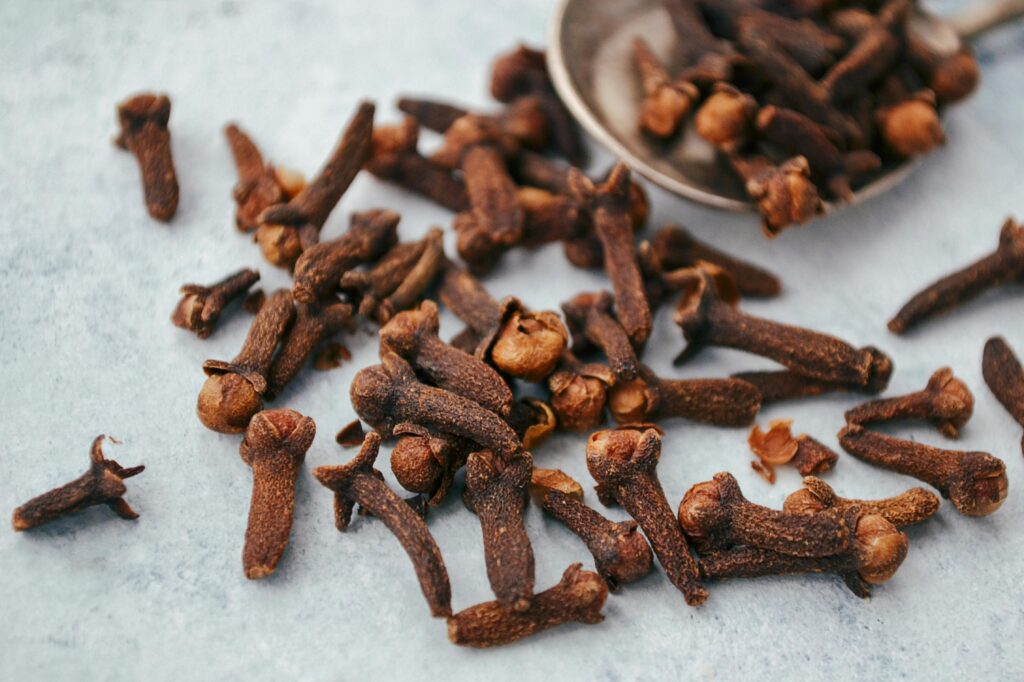
Ceylon Clove-(Hand Pick)
The clove tree is a medium sized symmetrically shaped tree with smooth grey bark canopy has a cone shape. Fully matured trees grows upto 15 -20m. It is believed to be originated in Maluku Islands in Indonesia. Clove along with nutmeg and pepper were highly prized in Roman Era. Cloves were traded by Arabs in the Middle ages but in the 15th century Portugal took over the trade. The Portuguese brought large quantities of cloves to Europe mainly from Malku Islands and valued it at seven grams of gold per kg. Later the Spanish then the Dutch dominated the trade till the seventeenth century. The French introduced clove to Mauritius in the year 1770 subsequently the cultivations were introduced to Guiana, Zanzibar, West Indies and most of the Brazil. It is not known how and when clove was introduced to Sri Lanka but may be the Arab traders or Colonial rulers may have brought the plant to the country as Sri Lanka was a major trading hub for spices during that time.Clove is largely used as dried whole buds. Ground clove is used for curry mixtures and clove oil is used for flavoring foods and in pharmaceutical perfumery industry. Clove oil either can be colourless or yellow. If exposed to sunlight it may turn into dark colour. Cloves are used either whole or ground to provide flavor for both sweet and savory foods in pickling and the production of sauces and ketchups. In medicine it is valued as a carminative, aromatic and stimulant. It is being used in cigarette industry as a flavoring agent. Clove oil is used in perfumes, in dentistry and a clearing agent in microscopy
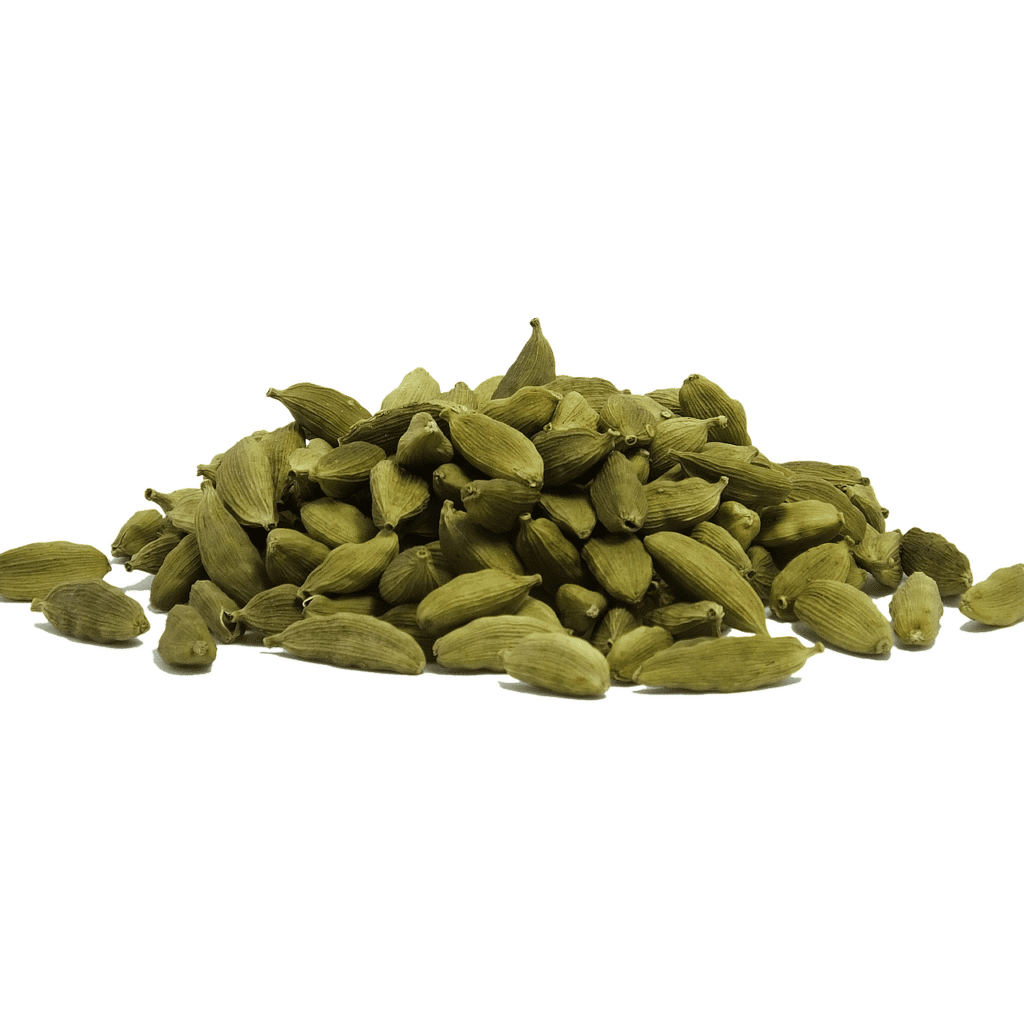
Ceylon Cardamom
Cardamom, known as the “Queen of Spices” is a perennial herbaceous plant with a pseudo stem and thick irregularly shaped rhizomes. Cardamom grows wild in the Western Ghats of Southern India. Many historical texts mention cardamom as a flavouring and medicinal crop. The medical compendium Charaka Sanhita written between the 2nd century A.D. refers to it as an ingredient in some drug preparations. Cardamom is also mentioned in Sanskrit texts of the 4th century B.C. in a treatise on politics called Kautilaya’s Arthasashasthra and in Taitirriya Samhitha where it is used in offering during ceremonies. In the 11th century in India cardamom was included in the list of ingredients for panchasugandha-thambula or five-fragrance betel chew in the Monasollasa or book of Splendour. It was also included in recipes from the court of Sultan of Mandu dating from about 1500 A.D. Cardamom was brought to an article of international trade by Arab traders and according to the Portuguese traveler Barbosa, in 1524 the international trade of cardamom was well developed. Dried fruit or Cardamom capsule is a commodity of trade. Cardamom can be found as whole cardamom, cardamom seeds, and ground form. It is also used in the extraction of oil and oleoresin. Cardamom is mainly used in the food industry as a flavoring agent in curry or meat dishes, sweets, confectionaries, bakery products, and as an ingredient of curry (masala) powder. Cardamom Oil is used for flavoring of beverages and drinks such as coffee and tea.
It is also used in Ayurveda and Chinese medicine as a powerful aromatic, stimulant, carminative, stomachic, and diuretic.

Nutmeg & Mace
Nutmeg is a perennial evergreen spice tree and a native of Molluccas in East Indonesia. There is some evidence to suggest that the Roman priests may have burned nutmeg as a form of incense. It is also known to have been used as a prized and costly spice in medieval cuisine, used as flavorings, medicines, and preserving agents and that was at the time highly valued in the European markets. Nutmeg is reported to have been introduced to Sri Lanka at the beginning of the 19th century but there is evidence that the crop had been brought here even before that by merchants who were traveling on the Silk Road.Nutmeg and mace are the main two products. Oils are extracted from both nutmeg and mace. Powdered nutmeg and mace is used in curry powders. Nutmeg and mace are mainly used for culinary purposes to flavor curries and other food products, confectionaries and bakery products. It is also used in the preparation of beverages and drinks. Nutmeg is used as an ingredient in Ayurvedic and Chinese medicine. (Uses of mace and outer rind is not mentioned
Vannila
Vanilla is an economically important crop as it is the source of natural vanillin. It is believed that vanilla is indigenous to northeastern Mexico. It is ancient Totonaco Indians of Mexico who were the first keepers of the secrets of vanilla. When they were defeated by the Aztecs they were demanded to relinquish their exotic fruit, vanilla pods. Later Aztecs were defeated by the Spanish and Spaniard Hernando Cortez, the Spanish mariner, returned to Spain with the precious plunder vanilla beans which were combined with cacao to make an unusual and pleasing drink. For eighty years this special beverage was only enjoyed by the nobility and the very rich. Then in 1602 Hugh Morgan, Apothecary to Queen Elizabeth I, suggested that vanilla could be used as a flavoring all by itself and versatility of the exotic bean was finally uncovered. However, only in 1858, Gobley was able to isolate vanillin from vanilla pods. Today vanilla is grown by Madagascar, Indonesia, Mexico, Tahiti and few other countries including Sri Lanka as a commercial crop.
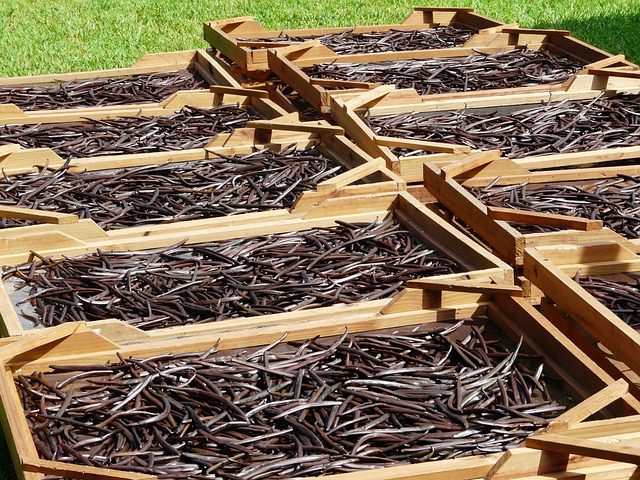
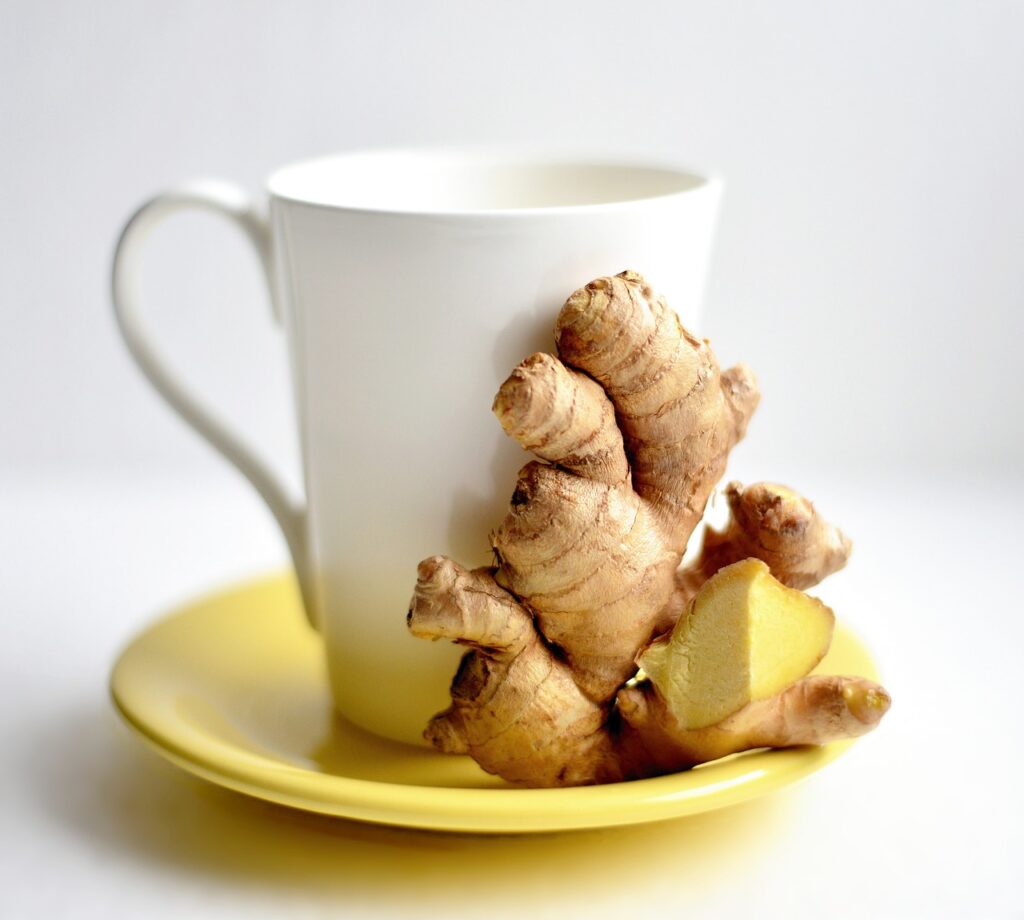
Ginger
Ginger Zingiber OfficinaleFamily: Zingiberaceae History Based on the historical records of more than 3000 years, ginger is believed to have originated in East Asia. Ginger has been used as a spice from ancient times.
Goraka
Goraka Garcinia quaesitaFamily : Clusiaceae Garcinia quaesita, known as Goraka (Sinhala) and Kodukkaippuli (Tamil) is belongs to family Clusiaceae. It is a medium evergreen, shade-loving, relatively slow growing tree naturally found in the local tropical rainforests of Sri Lanka. The
